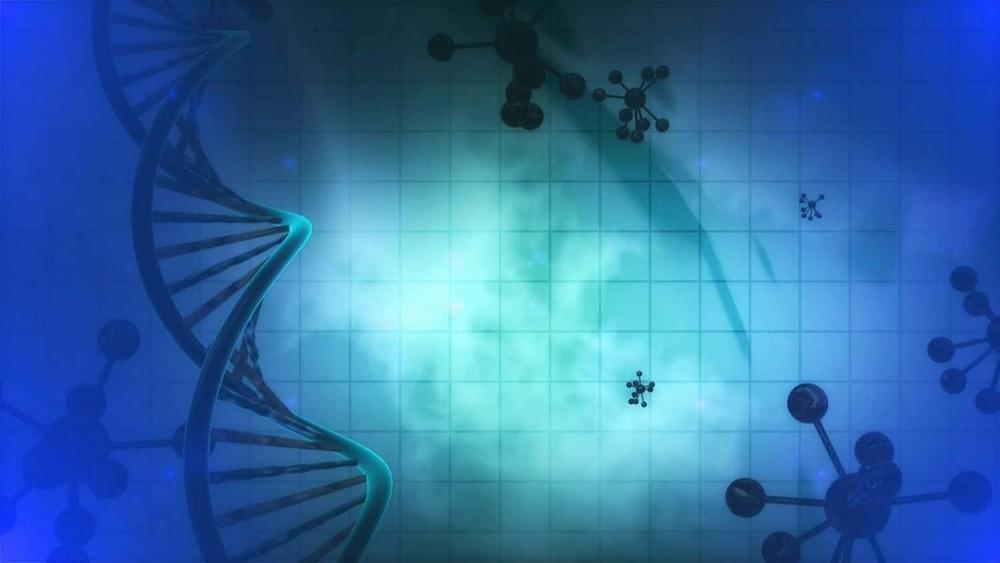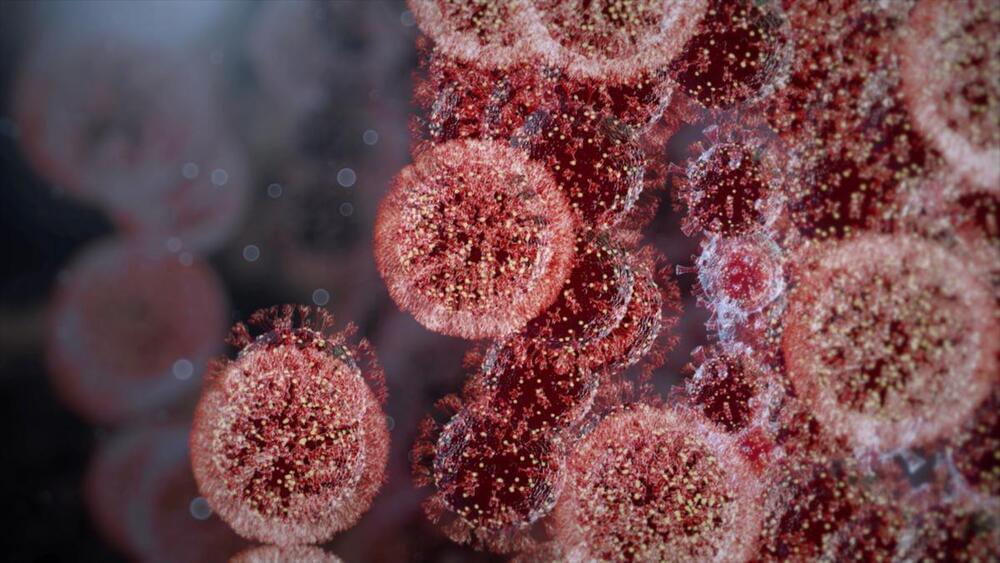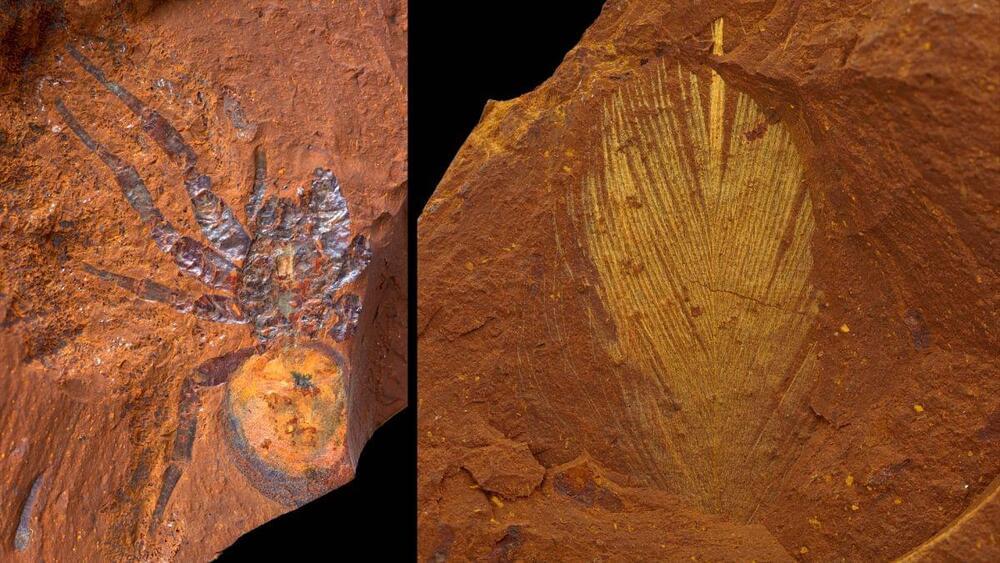The first section of the plant-covered 1,000 Trees development, designed by British designer Thomas Heatherwick’s studio, has officially opened in Shanghai, China.
Described as “Shanghai’s Hanging Gardens of Babylon”, the mixed-use development features up to 1,000 pillars, each with a tree planted on top. It was designed by Heatherwick for developer Tian An.
The first phase of 1,000 Trees opened with a lighting ceremony on 22 December in Shanghai’s Putuo district after eight years of development. A full set of images of the project is set to be released later this month.







